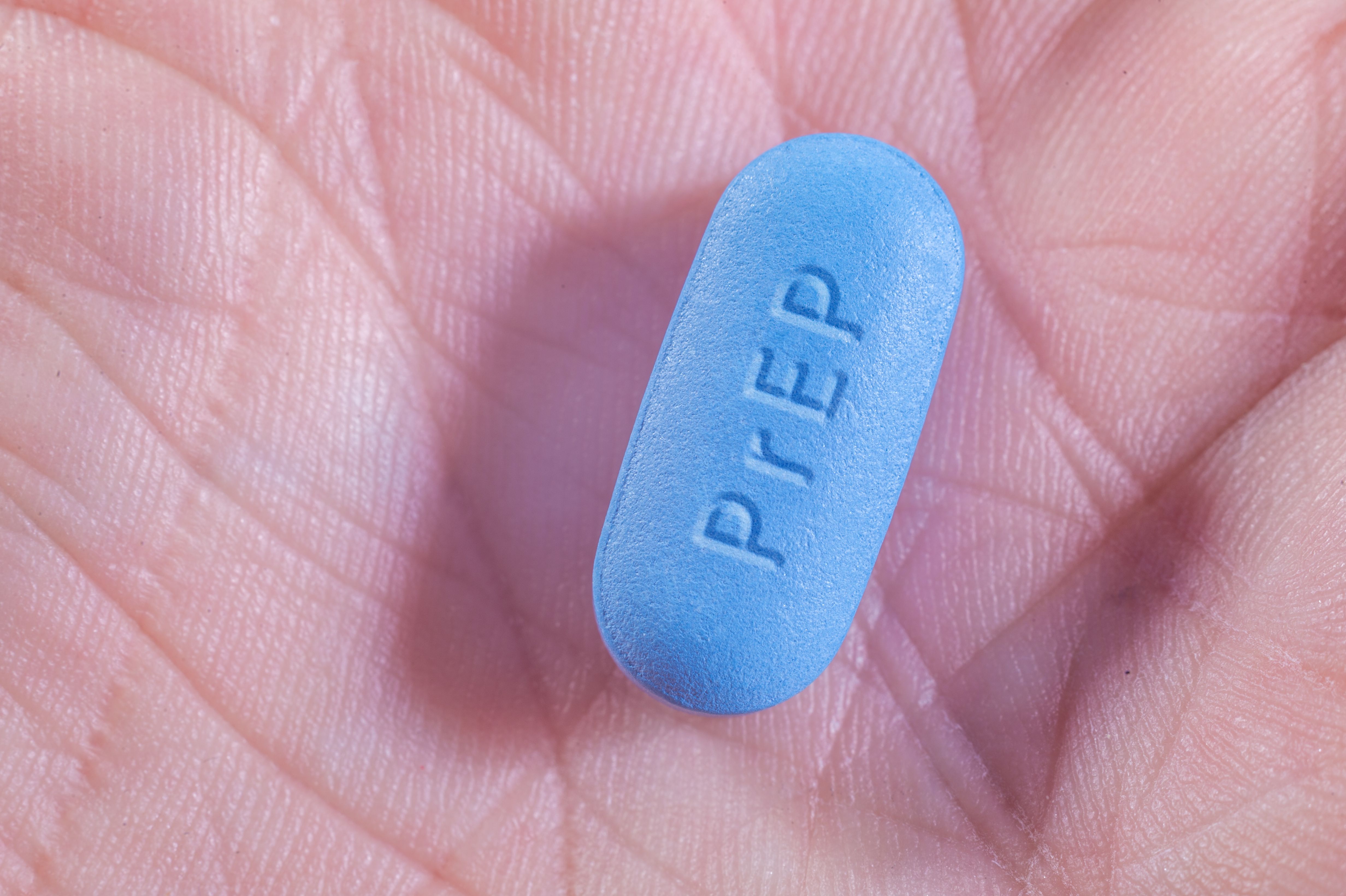Further Examining the Cabotegravir Safety Profile
The novel integrase inhibitor was well tolerated in adult non-HIV infected population.

Cabotegravir therapy was well-tolerated according to a paper published in The Lancet HIV.
A multinational team of investigators led by Raphael Landovitz, MD, professor, UCLA Center for Clinical AIDS Research and Education, Division of Infectious Diseases, David Geffen School of Medicine at UCLA, further analyzed the findings of the HIV Prevention Trials Network (HPTN) 077 trial, a multicenter, double-blind, randomized, placebo-controlled phase 2 trial conducted in 8 sites between February 2015 and May 2016.
Adult HIV-uninfected patients who were at low risk for HIV were randomly assigned to receive a long-acting injectable cabotegravir (800 mg given 3 times at 12-week intervals, or 600 mg given 5 times at one 4-week interval, followed by 8 weeks thereafter) or placebo, the study authors explained.
Patients were followed up for over 1 year. Cabotegravir is a novel integrase inhibitor currently in advanced clinical development for HIV prevention and treatment, the study authors explained. In their analysis, the investigators wanted to assess the safety of cabotegravir based on the results of the HPTN 077 trial.
Participants who received at least 1 dose of cabotegravir were included in the analysis. There were 70 patients who received the 800 mg cabotegravir dose, 60 patients who received the 600 mg dose, and 43 patients in the placebo group.
The investigators determined the incidence of grade 2 or worse adverse events was significantly lower during the tail phase (defined as from 12 weeks or 8 weeks, respectively, after the last injection to the last study visit depending on cabotegravir dose cohort) compared to the injection phase (defined as the time between first injection and 12 or 8 weeks, respectively, after the last injection depending on cabotegravir cohort).
Overall, 7 grade 2 adverse events were deemed cabotegravir-related by the site investigator. Some of the adverse events related to cabotegravir included unintentional weight loss, decreased creatinine clearance, and elevated direct bilirubin, the study authors wrote. They noted that there were no seizures among patients reported during the tail phase.
And 25 grade 3 or worse events were reported among 21 participants in the tail phase. However, none of those were deemed as cabotegravir-related.
Additionally, there were 4 participants who became pregnant following the completion of the HPTN 077 trial. The first patient—who received the cabotegravir 600 mg dose–had a pregnancy complicated by pre-eclampsia but delivered a healthy infant near full term. The second cabotegravir participant to become pregnant received the 800 mg cabotegravir dose and delivered a healthy infant after an uncomplicated pregnancy.
About a year after the final injection in (either week 52 or week 60 depending on cabotegravir cohort) 31 of the 40 male participants had cabotegravir concentrations below the LLOQ. After week 76 post-final injection, 26 of the 30 male participants had cabotegravir concentrations below the LLOQ, the study authors said. At the same time, 30 of 82 female participants and 37 of 64 female participants had cabotegravir concentrations below the LLOQ, the study authors noted.
Female participants had a 55% longer median time from final injection to undetectable plasma cabotegravir concentrations, the study authors said, but HPTNs 083 and 084 may provide further information about sex-based differences, they added.
“Our observation that detectable or quantifiable concentrations of cabotegravir may persist for years after final product injection has implications for the risk of HIV infection, drug-drug interactions, and resistance after dosing cessation,” the study authors wrote. “If cabotegravir is shown to be efficacious for HIV prevention, at-risk individuals who chose to transition off a long-acting pre-exposure prophylaxis (PrEP) drug with a long pharmacokinetic tail could transition to oral tenofovir disoproxil fumarate or emtricitabine or oral cabotegravir, to provide protection against HIV infection.”
